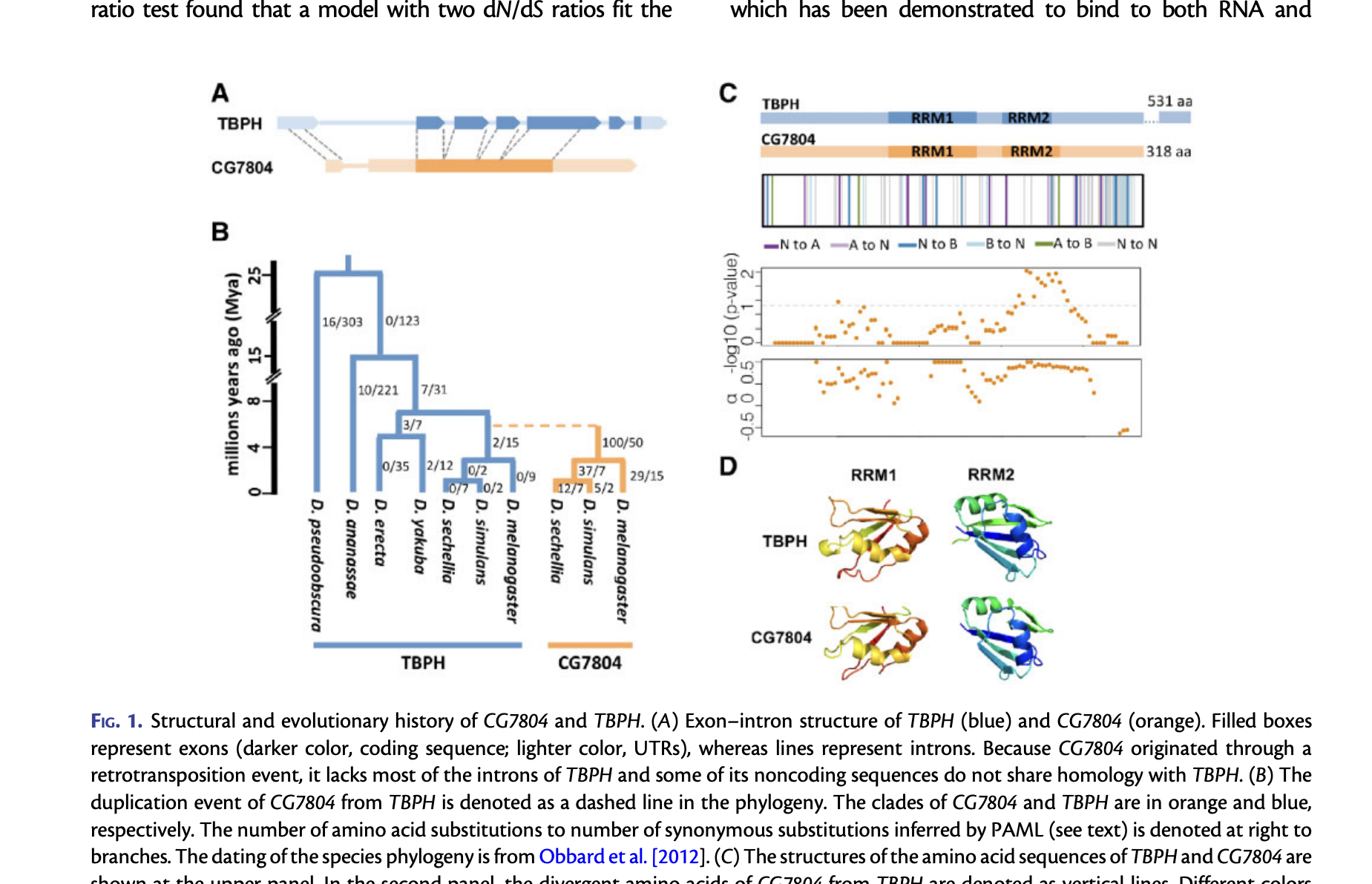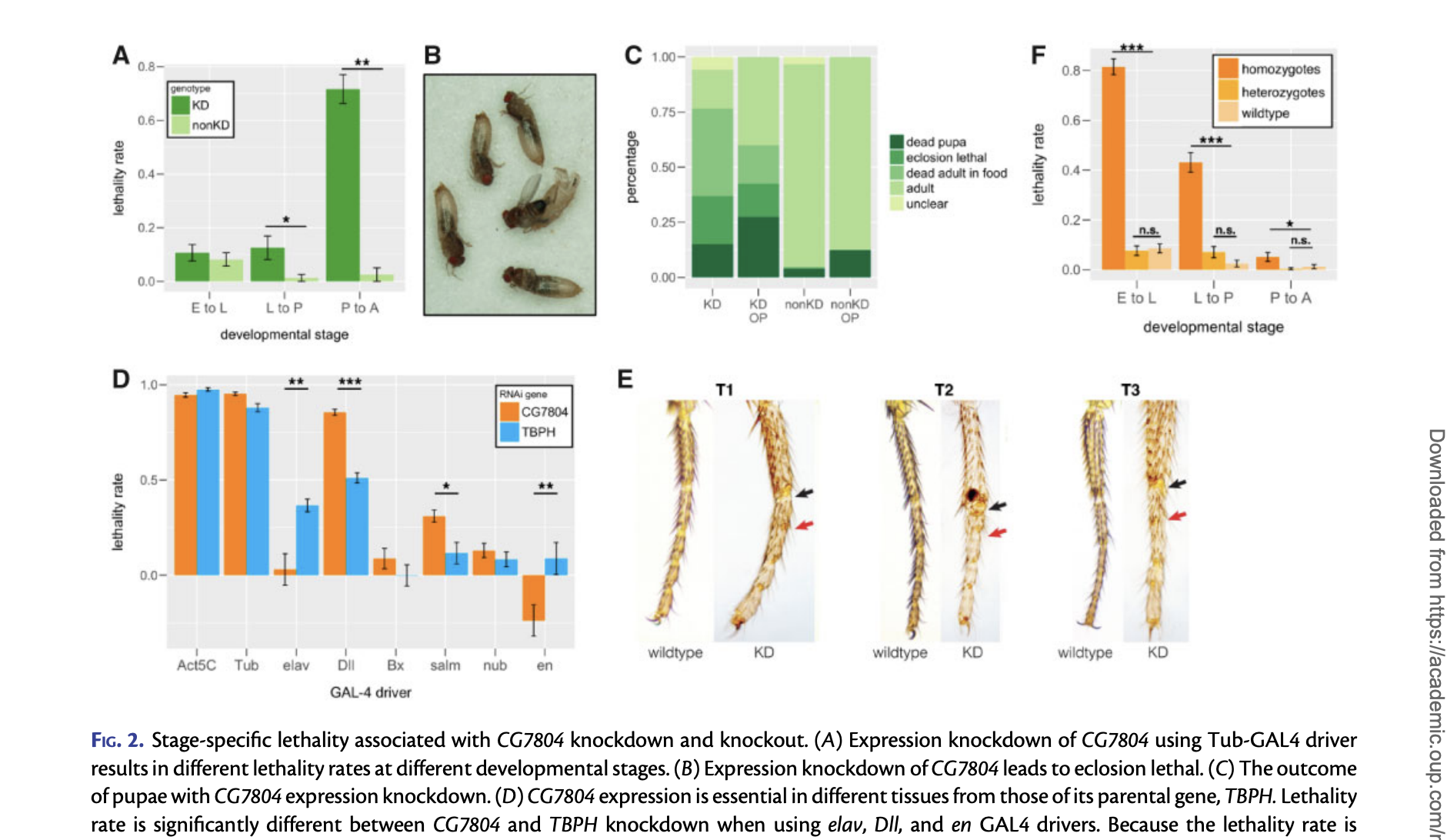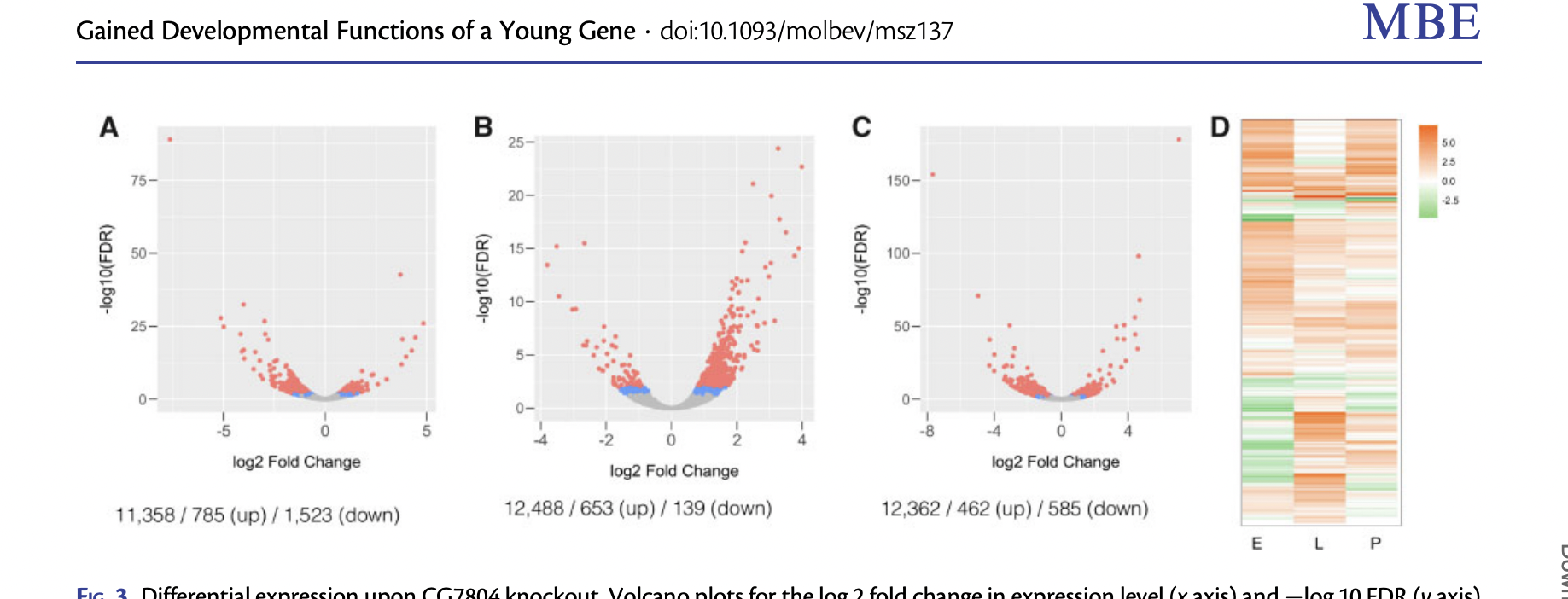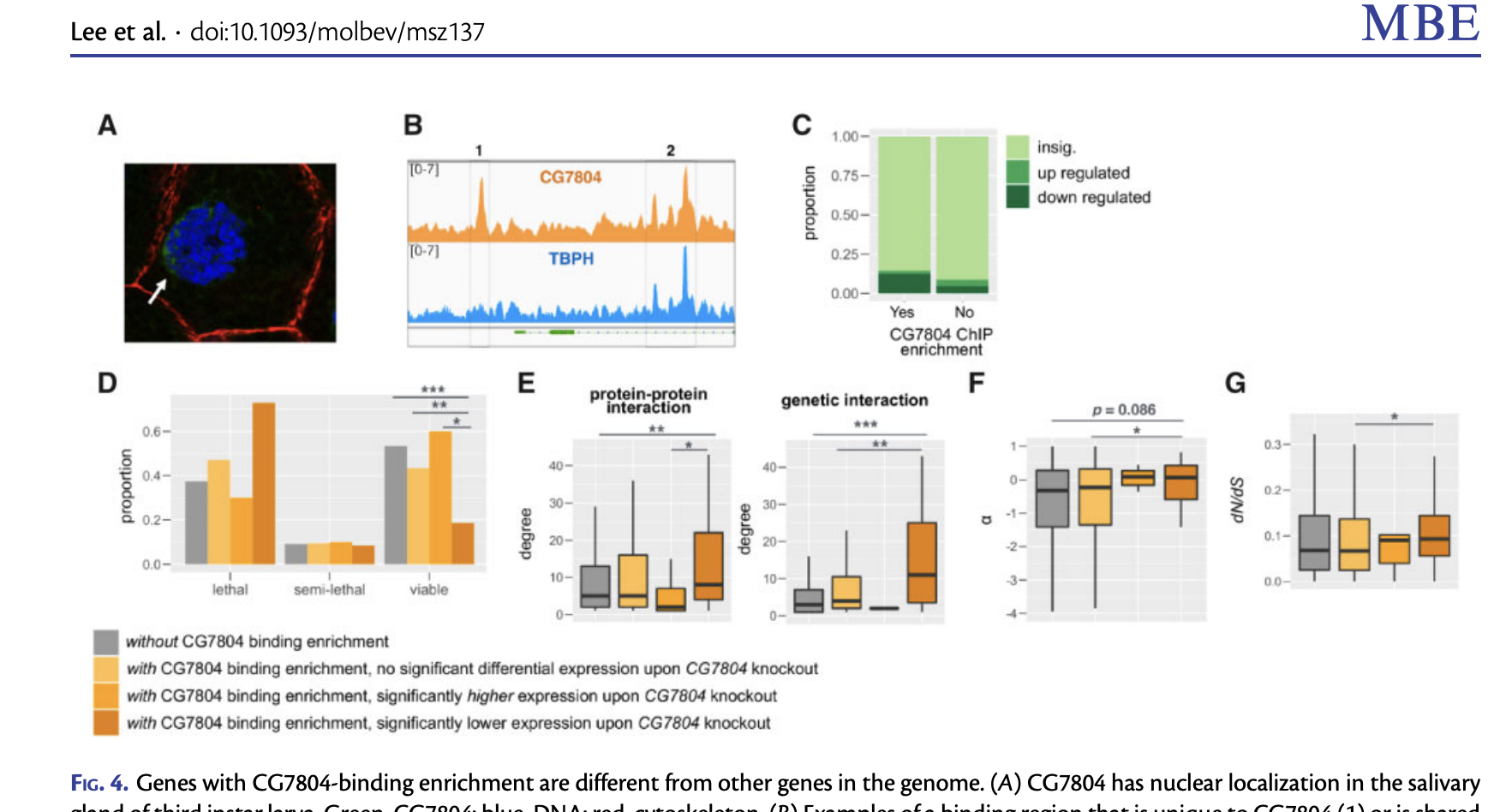Question
all them Level 4. Deep Data (expect this to take at least a few hours, longer if you're inexperienced or if it's a new field;
all them
Level 4. Deep Data (expect this to take at least a few hours, longer if you're inexperienced or if it's a new field; last chance to bail!)
If you want to understand the paper, you have to understand the data, and the only way to understand the data is to spend quality time getting to know it. Figures and tables are the defining elements of research publicationsthey take the raw data generated by researchers' experiments and facilitate analysis of causal relationships through data visualizations (graphs, photos, tables, charts, diagrams, etc). Complete the table in step 5 for every table and figure panel in the paper.
Step 4.1 Go through each figure and table one by one
Figures might be made of multiple panels (usually lettered a, b, c...) which represent different experimental approaches to asking specific questions. For each figure panel, duplicate and complete the table below. Use the Results and/or Methods sections of the paper as a reference to help you understand the figure panels. Sometimes a panel is just a model or structure or diagram that is explanatory but is not testing a causal relationship. When this is the case, summarize the diagram or structure and why it is being shared.
Remember that most science experiments and figures attempt to isolate and measure a causal relationship between one or more independent variables that the researchers vary (often displayed on an X axis) and one or more dependent variable that they measure (often displayed on a Y axis). For an evolutionary genetics paper this might mean comparing a particular gene sequence (dependent variable) in different species or in different genes of the same species (independent variable). Scientists will try to keep as many other variables constant as they can. They will also try to include a positive control (a condition that they know should give a measurable result so they can test their readout and make sure their experiment isn't producing false negatives) and a negative control (a condition that they know should give a negative result so they can make sure their experiment isn't producing false positives).
To interpret a data figure (as opposed to a model or diagram) you should know what the independent (what the scientists change) and dependent (what they measure) variables are, and what the positive (is the method working?) and negative (is the method contaminated or non-selective) controls are.
Panel number and letter (duplicate this table for ALL the panels of ALL the figures!)
Insert screen shot of panel here
What is the independent variable(s) (the one we change)?
What is the dependent variable(s) (the one we measure)
What is the hypothesis being tested (usually a causal relationship, i.e. If X is changed Y will result)?
What, if any, are the positive controls?
What, if any, are the negative controls?
How would you describe the relationship depicted in this panel? For example "If we compare
columns/lines/points __________ and _________, we see the dependent variable
_______________ does ___________.
How does this help the authors answer the specific questions you identified described in 3.4?
Step 4.2 Read the paper (You've already done the hard part! But this will probably still take you an hour or two)
Now that you're an expert in the authors' data, do you agree with their interpretation?




Step by Step Solution
There are 3 Steps involved in it
Step: 1

Get Instant Access to Expert-Tailored Solutions
See step-by-step solutions with expert insights and AI powered tools for academic success
Step: 2

Step: 3

Ace Your Homework with AI
Get the answers you need in no time with our AI-driven, step-by-step assistance
Get Started


